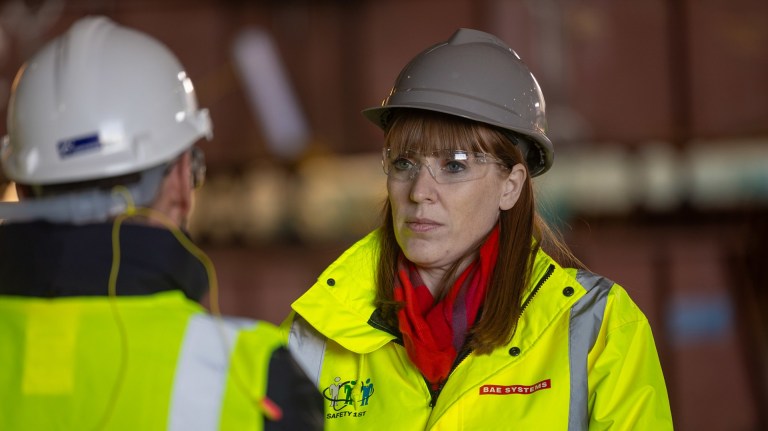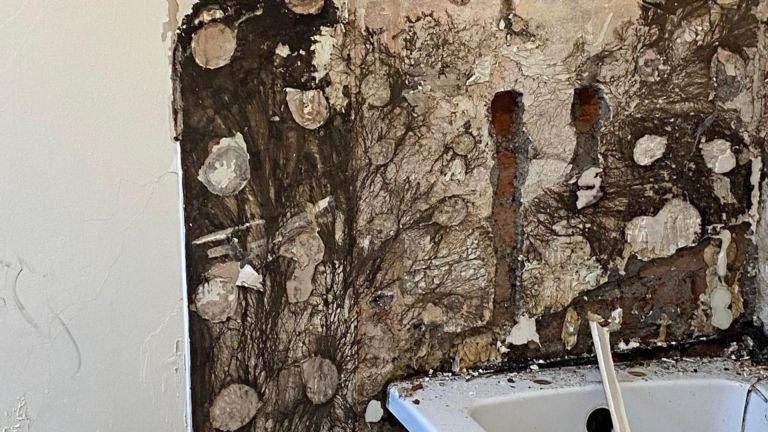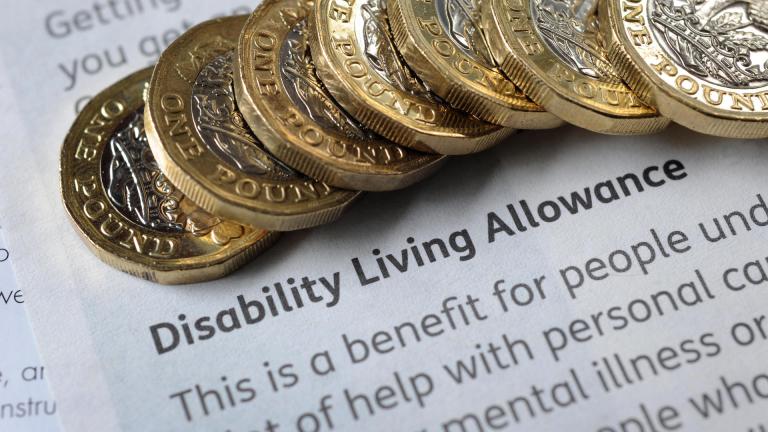Other hazards including carbon monoxide and asbestos exposure will be covered by the law from 2027.
“It is important to stress that the phased approach to introducing Awaab’s Law set out above in no way means that social landlords have any leeway when it comes to meeting their existing duties to address dangers to health and safety present in their homes before Awaab’s Law is fully implemented,” said Rayner in a statement to the Commons.
“Awaab’s Law establishes timeframes for social landlords to act. It will also be enforceable through routes such as the Housing Ombudsman and, ultimately, the courts. However, social landlords already have a duty to keep their homes fit for human habitation, free of category one hazards and to remedy disrepair. The government expects those duties to be met.”
Action on damp and mould is the headline change under Awaab’s Law.
The government said 7% of social rented homes had a damp problem in 2023 while 4% had hazards rated at the most dangerous ‘category 1’ level.
The legislation will speed up the amount of time social landlords have to address all emergency repairs, requiring them to take action within no longer than 24 hours.
Richard Blakeway, Housing Ombudsman, welcomed the new legislation, adding that the regulator’s case work “repeatedly shows that some landlords have been far too slow to remove potential hazards”.
“It is a basic human right to live in a safe and decent home. This law is an important step towards helping the millions of people who do not – including 1 million children. When most residents have little choice over their landlord, these measures will give them greater power to challenge poor living conditions,” said Blakeway.
“We have seen some progress two years after the inquest into Awaab Ishak’s death. We can see landlords investing more into repairs, using new technology and changing the culture of housing management. Those landlords should be recognised for the steps they have taken to make homes better in this vital sector.
“Despite this progress, we still repeatedly find significant and preventable failings in handling potential health hazards in homes. We find some landlords not taking full responsibility, communicating poorly and making basic errors. Around half of our casework still concerns damp and mould.”
But the long wait for Awaab’s Law to force social landlords to take action over all kinds of serious hazards proved divisive.
Shelter chief executive Polly Neate said: “Today’s announcement means social housing tenants will have to wait years longer for this vital protection. These delays to implementation represent a real risk to the health and safety of tenants, and puts lives at risk.”
Rachael Williamson, Chartered Institute of Housing‘s interim director of policy, communications and external affairs, said the government’s phased approach was a sensible approach.
“It is right that the government focuses on tackling the most serious and prevalent hazards first, starting with damp and mould, and taking an evidence-based approach to phasing in further measures,” said Williamson.
“A phased implementation will provide social landlords with the time and clarity they need to embed these new responsibilities effectively, ensuring that the most urgent risks are addressed.”
However, the Local Government Association’s housing spokesperson Adam Hug warned councils would need “sufficient funding to mitigate the existing pressures on housing stock” to act on the new measures”.
Do you have a story to tell or opinions to share about this? Get in touch and tell us more. Big Issue exists to give homeless and marginalised people the opportunity to earn an income. To support our work buy a copy of the magazine or get the app from the App Store or Google Play.
Big Issue is demanding an end to extreme poverty. Will you ask your MP to join us?









